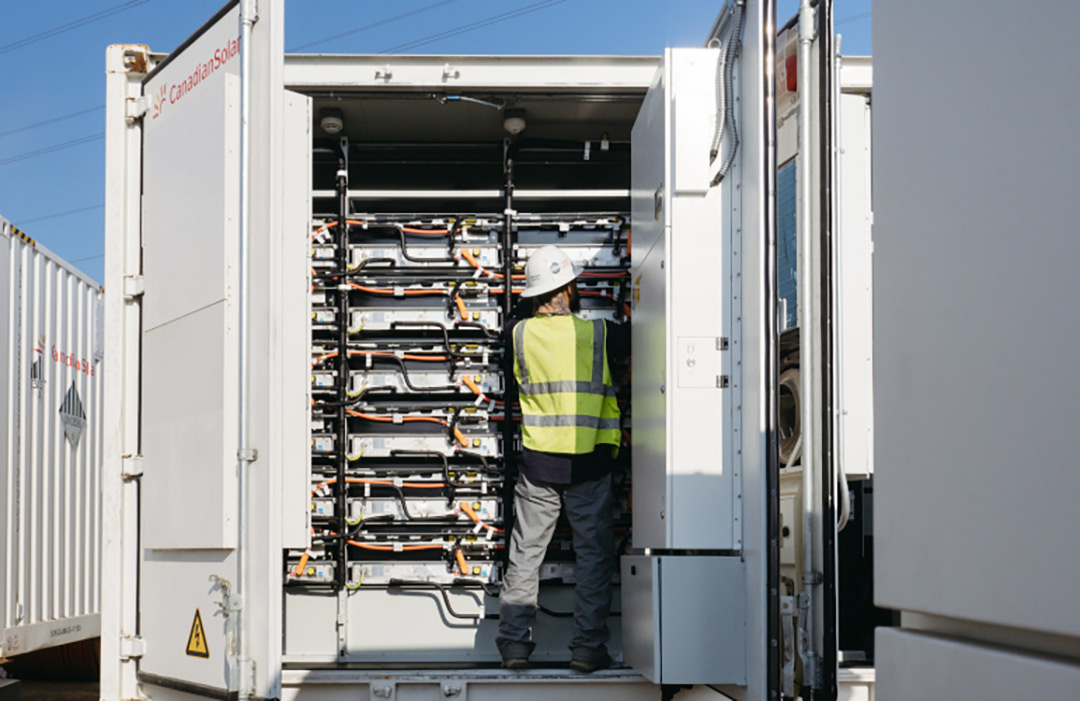
The US Department of Commerce announces preliminary anti-dumping duties on Chinese battery negative electrode materials
However, based on the preliminary anti-dumping/countervailing duty rates disclosed, the Ministry of Commerce believes that the damage is not as severe.

What is battery active anode material?
Batteries require cathodes and anodes to facilitate charge flow. During battery charging, electrons move from the positive cathode to the negative anode, and this potential difference is converted into stored energy. The "chemical properties" of a battery refer to its active cathode material, such as lithium iron phosphate (LFP) or lithium nickel manganese cobalt (NMC). The active anode material is usually a carbon based material, such as graphite powder or silicon oxide. These materials are extracted, ground into fine powder, and then coated on the anode (usually copper foil).
AAAMP claims that it represents the only domestic manufacturer of active anode materials. Its members include Anovion Technologies (Georgia), Syrah Technologies (Louisiana), NOVONIX Anode Materials (Tennessee), Epsilon Advanced Materials 5060 (North Carolina), and SKI US/Birla Carbon (Georgia/South Carolina). Most of these companies are still considered startups. AAAMP claims in its petition that the domestic AAM industry is struggling to start due to oversupply in China.
Subsequent steps
The US Customs and Border Protection has been imposing CVD on imported AAM since May and will now begin imposing anti-dumping duties, in addition to the existing 40.9% tariff on lithium batteries imported from China.
The Ministry of Commerce clarified that electric vehicles and complete battery energy storage system containers used for utility scale and residential applications are not within the scope of investigation. But the original AAM, battery cells, and battery modules are all within the scope of investigation and require payment of tariffs. Domestic battery manufacturers will feel the burden of tariffs, while importers of battery energy storage systems will not.
The US Department of Commerce is expected to issue its final ruling in September/October, while the ITC is expected to issue its final ruling around November 13th.
© droits dauteur: 2025 Xiamen Wintop New Energy Tech Co., Ltd.. Tous les droits sont réservés.

Réseau IPv6 pris en charge